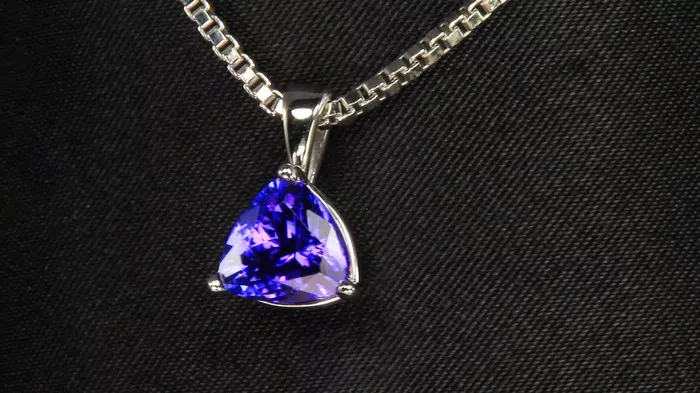Gemstones have long captivated human fascination, embodying elegance, rarity, and prestige. Among the most coveted gemstones, emeralds and sapphires stand out with their mesmerizing hues and rich histories. As enthusiasts and investors alike delve into the world of gemstones, a common question arises: which is more expensive, emerald or sapphire? Unveiling the intricate factors influencing their prices is essential for anyone seeking to navigate the gemstone market with confidence and clarity.
Understanding Rarity and Availability
One of the primary factors influencing the price of any gemstone is its rarity and availability. Emeralds, prized for their vivid green hues, are considerably rarer than sapphires. The geological conditions necessary for emerald formation are highly specific, typically occurring in few locations worldwide. Predominantly found in countries such as Colombia, Zambia, and Brazil, authentic emerald deposits are scarce, driving up their market value.
In contrast, sapphires boast a broader geographical distribution, with significant deposits found in countries like Sri Lanka, Myanmar, and Madagascar. While certain varieties of sapphire, such as the coveted Kashmir sapphire, command exceptionally high prices due to their rarity and exceptional quality, overall, sapphires are more readily available compared to emeralds.
Color and Clarity: Impact on Pricing
The allure of both emeralds and sapphires lies in their captivating colors. Emeralds are renowned for their deep, lush green tones, often described as “emerald green.” However, the presence of inclusions, or internal flaws, is common in emeralds due to their formation process. These inclusions, known as “jardin” (French for garden), can affect the stone’s clarity and overall appearance, thus influencing its price.
On the other hand, sapphires exhibit a diverse range of colors, with blue being the most sought-after hue. However, sapphires are also found in shades of pink, yellow, orange, and even rare colors like padparadscha, a delicate blend of pink and orange. The clarity of sapphires varies, with some stones being nearly flawless and others containing visible inclusions. Generally, sapphires with vibrant, uniform coloration and minimal inclusions command higher prices.
The Influence of Size and Carat Weight
In the world of gemstones, size matters. Larger stones, especially those with exceptional color and clarity, are inherently more valuable due to their rarity. When comparing emeralds and sapphires of similar quality, emeralds tend to be more expensive per carat than sapphires. This price discrepancy can be attributed to the scarcity of large, high-quality emeralds on the market.
Moreover, the demand for emeralds often exceeds the available supply, further driving up prices for larger stones. In contrast, while large sapphires are also prized, their relatively greater availability means that prices may not escalate as dramatically with size compared to emeralds.
The Influence of Treatments and Enhancements
Gemstones, including emeralds and sapphires, often undergo treatments and enhancements to improve their appearance and marketability. These treatments can range from simple heat treatments to more complex processes like fracture filling and dyeing.
Emeralds frequently undergo oiling or resin infusion to reduce the visibility of inclusions and enhance their clarity. While these treatments are widely accepted within the industry, untreated emeralds with exceptional clarity command premium prices due to their rarity.
Similarly, sapphires may undergo heat treatment to improve their color and clarity. Heat treatment can intensify the blue color of sapphires or remove undesirable hues, making them more visually appealing. However, untreated sapphires with natural, vibrant coloration are highly prized by collectors and may fetch higher prices compared to treated stones.
Market Trends and Consumer Preferences
Market trends and consumer preferences play a significant role in determining the relative prices of emeralds and sapphires. Historically, sapphires have enjoyed consistent demand due to their versatility and timeless appeal. Blue sapphires, in particular, have been favored for centuries, symbolizing loyalty, wisdom, and nobility.
Emeralds, while equally revered, have experienced fluctuations in demand influenced by factors such as fashion trends and cultural preferences. In recent years, there has been a resurgence of interest in emeralds, driven by growing appreciation for their vivid green hues and associations with luxury and sophistication.
Investment Potential and Long-Term Value
For investors seeking to capitalize on the enduring allure of gemstones, both emeralds and sapphires offer promising investment opportunities. While past performance is not indicative of future results, historical data suggests that certain varieties of emeralds and sapphires have demonstrated robust long-term value appreciation.
High-quality gemstones with exceptional color, clarity, and provenance are particularly coveted among collectors and investors. As with any investment, thorough research, due diligence, and expert guidance are essential to making informed decisions and maximizing returns in the gemstone market.
Conclusion
In the eternal debate of emerald versus sapphire, the answer to which is more expensive ultimately depends on a multitude of factors. While emeralds command higher prices per carat due to their rarity, sapphires offer greater variety and accessibility, catering to a diverse range of tastes and budgets.
Whether one chooses the lush green of an emerald or the mesmerizing blue of a sapphire, both gemstones possess an intrinsic beauty and allure that transcend fleeting trends and fashions. As guardians of Earth’s natural treasures, emeralds and sapphires serve as timeless symbols of elegance, sophistication, and enduring value in an ever-changing world.

